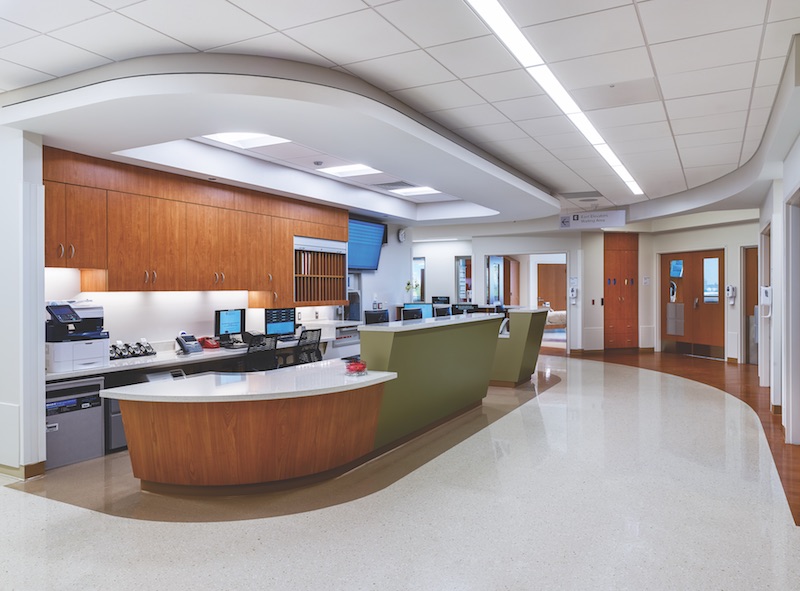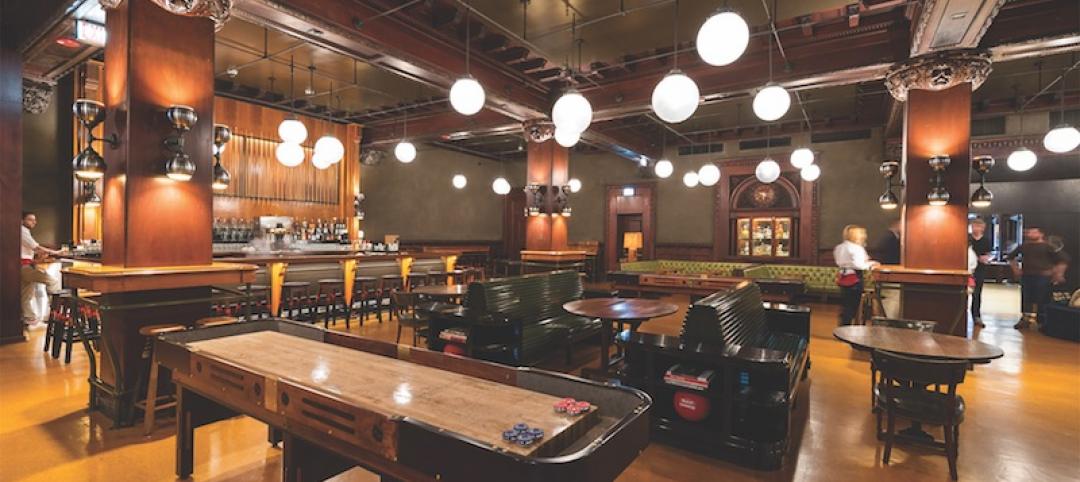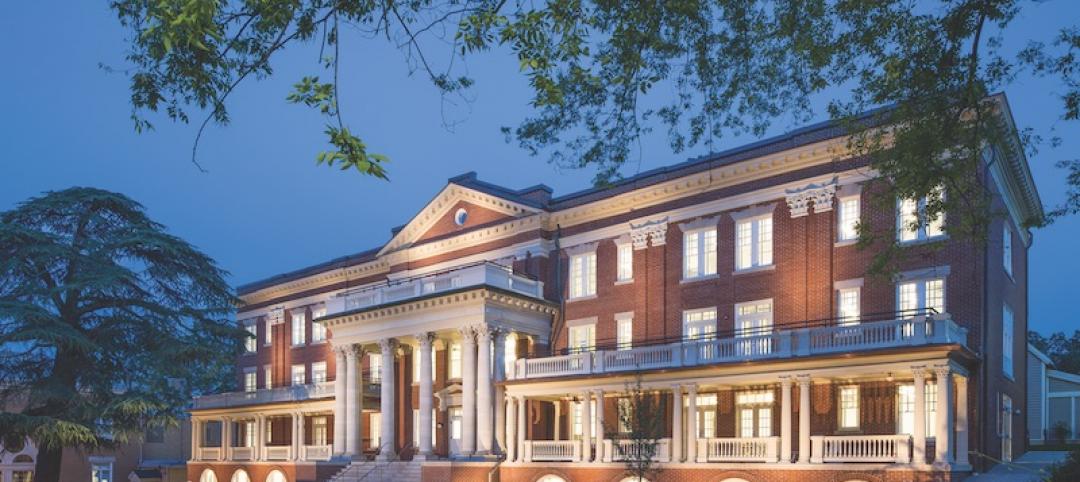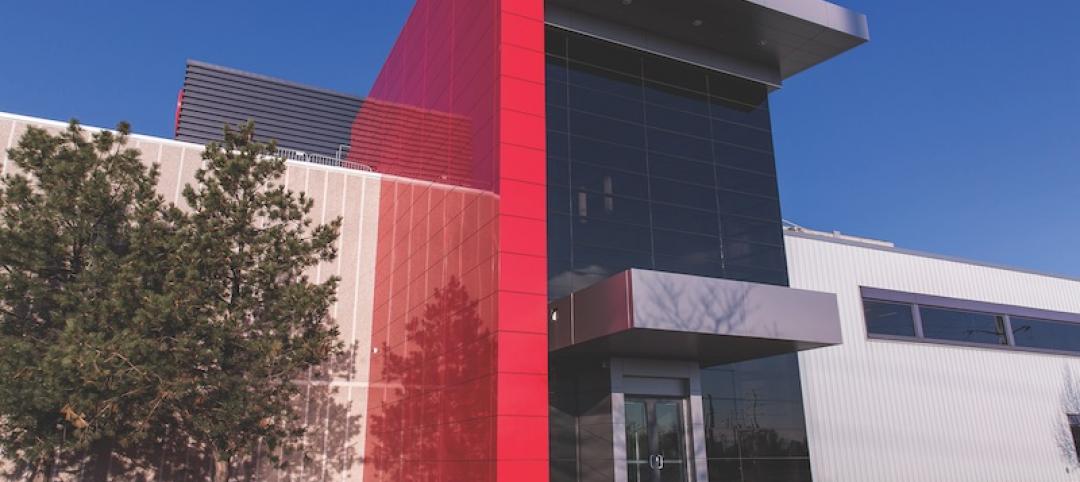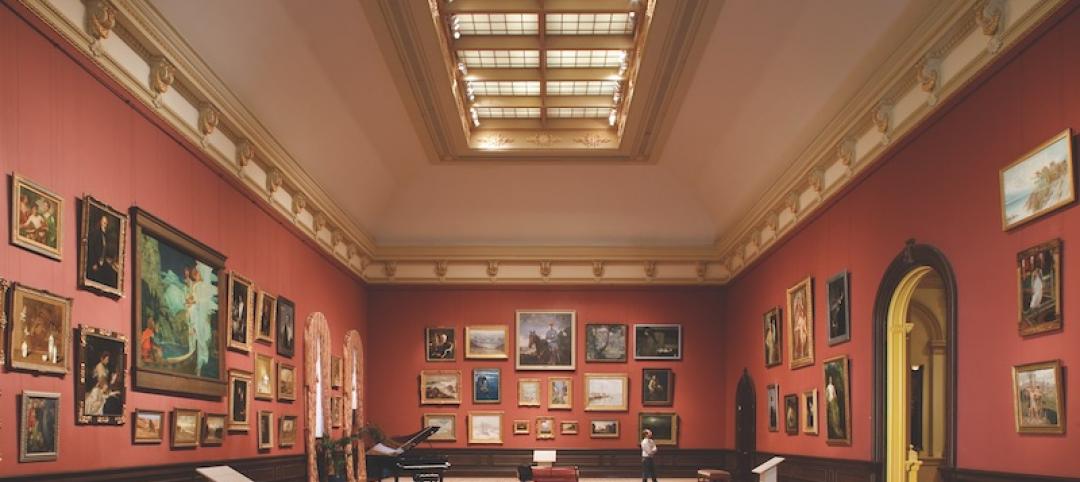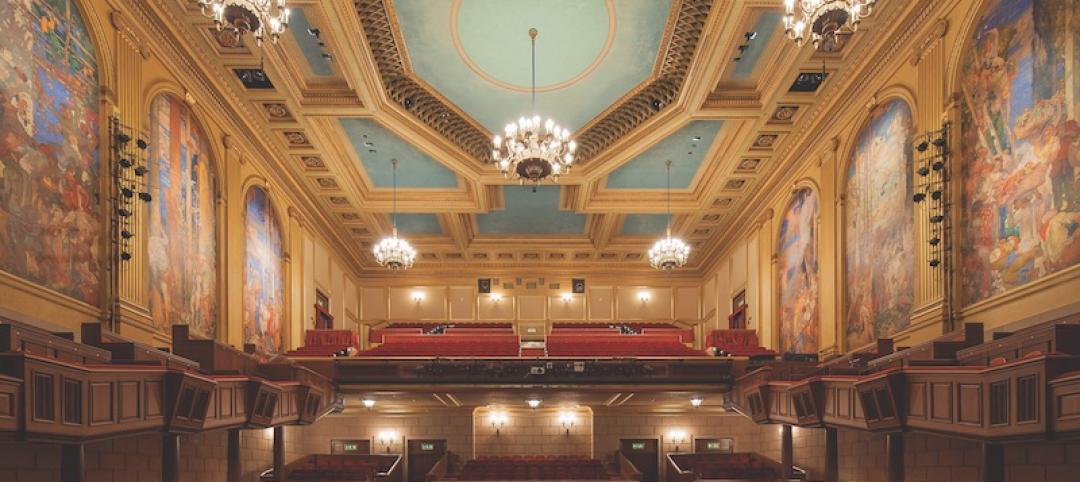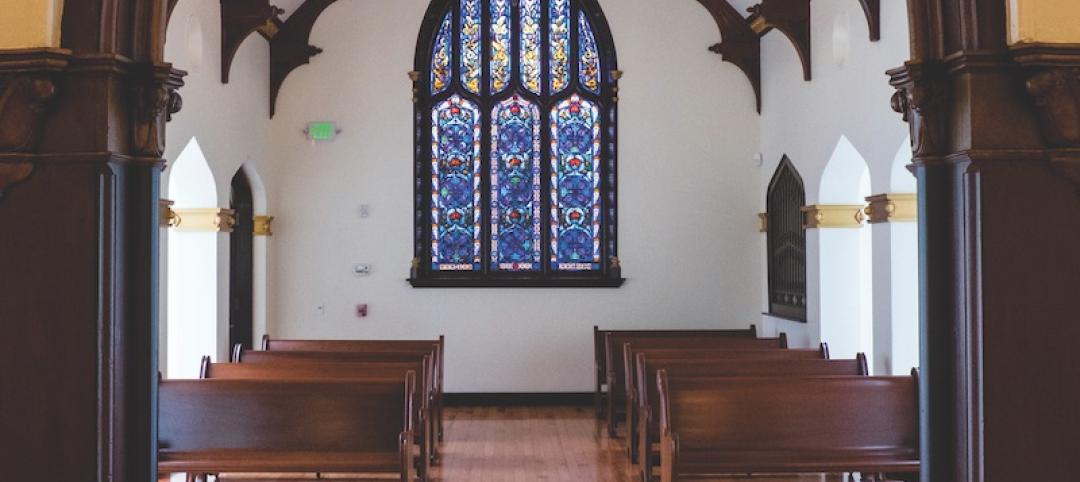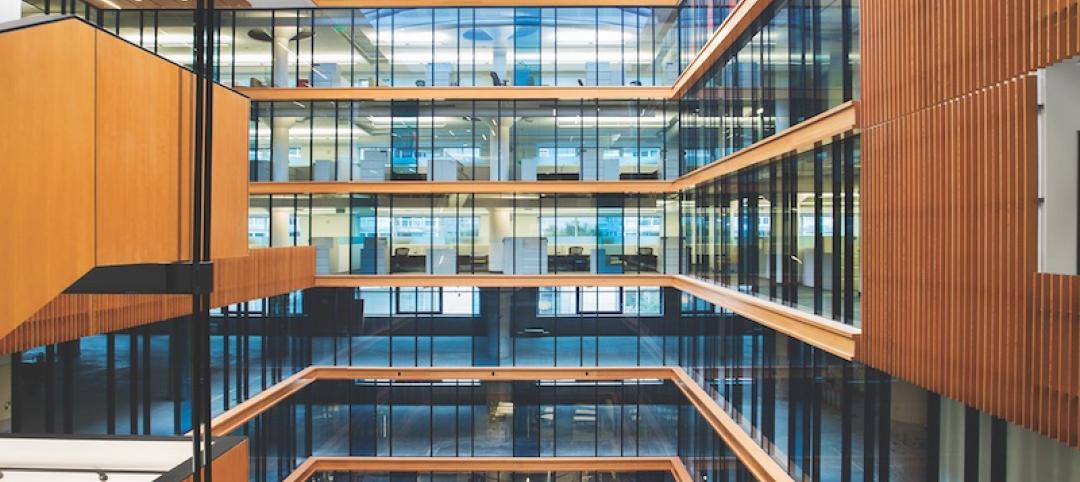Gilbane Building Company and Albert Kahn Associates completed the 204,000-sf buildout of two vacant floors at The University of Chicago Medicine Center for Care and Discovery, adding 203 new beds. Through the use of six-week, look-ahead planning, adherence to Lean construction principles, Gilbane’s own Quality in Construction program, and prefabrication (for headwalls, dialysis boxes, soffits, and ductwork and plumbing assemblies), the team was able to bring the job in two months ahead of schedule.
The trades used on-site monitors to access documents via Bluebeam Studio. UPC coding and BIM 360 also greased the flow of documents. Mockups of various rooms (med-surg, isolation, observation, ICU) gave medical staff the opportunity to offer input on headwall layouts, tile colors, soffit details, and flooring types.
Existing critical exhaust hoods in 24/7 support spaces were found to be inadequately sized for anticipated airflow. One option—to change the motors and sheaves on the exhaust fans—was ruled out as too disruptive to the operations of clinical departments. Instead, the team incorporated readily obtainable new fans into the existing exhaust system so that the original fans could be removed and modified. The solution saved the hospital considerable operational impacts.
Strict infection control risk assessment (ICRA) and interim life safety measures were put in place to meet the demands of eight separate hospital departments. Halfway through the project, the hospital required that all differential pressure monitors have remote monitoring capability. Gilbane engaged Primex Wireless, which tied a web-based reporting system into the hospital’s existing wireless network. This assured that any possible ICRA breach would be addressed instantaneously.
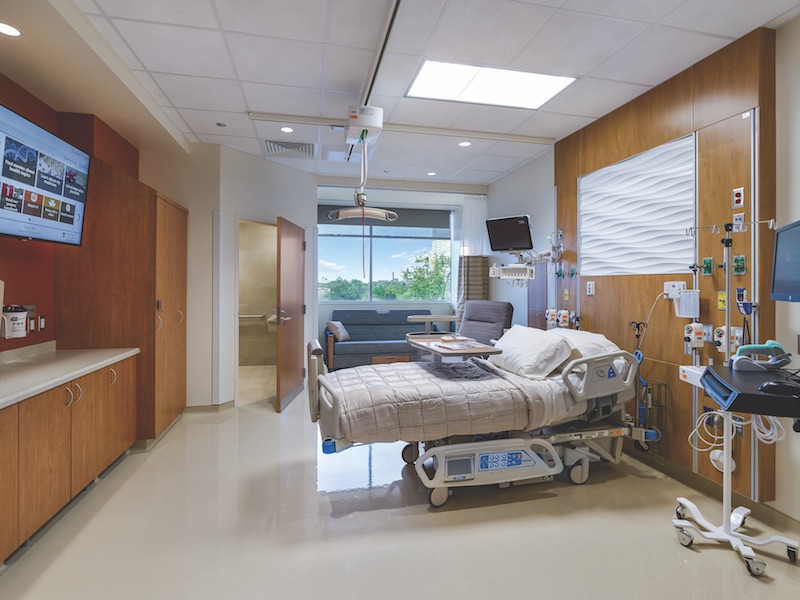 Union construction crews put in 460,000 man-hours on the buildout of two patient floors at the University of Chicago Medicine Center for Care and Discovery without a lost-time incident. Nearly half (48%) of all trades workers were minorities, females, or both. Photo: Jon Miller / Hedrich Blessing Photographers.
Union construction crews put in 460,000 man-hours on the buildout of two patient floors at the University of Chicago Medicine Center for Care and Discovery without a lost-time incident. Nearly half (48%) of all trades workers were minorities, females, or both. Photo: Jon Miller / Hedrich Blessing Photographers.
Project Summary
Silver Award Winner
Building Team: Gilbane Building Company (submitting firm CM) Albert Kahn Associates (architect, SE, M/E engineer).
Details: 204,000 sf. Total cost: $98.3 million. Construction time: February 2015 to August 2016. Delivery method CM at risk.
See all of the 2017 Reconstruction Award winners here
Related Stories
Reconstruction Awards | Nov 16, 2016
BD+C's 2016 Reconstruction Award Winners
St. Patrick’s Cathedral, Lovejoy Wharf, and the Bay Area Metro Center are just a few of the projects recognized as 2016 Reconstruction Award winners.
Reconstruction Awards | Nov 16, 2016
Reconstruction Awards: The Renwick Gallery of The Smithsonian American Art Museum
The renovation restored two long-concealed vaulted ceilings in the second-floor galleries and recreated the original 19th-century window configuration.
Reconstruction Awards | Nov 16, 2016
Reconstruction Awards: Massachusetts Maritime Academy
The two-story “overbuild” employed block and plank construction with drag strut detailing to connect it to the existing building.
Reconstruction Awards | Nov 16, 2016
Reconstruction Awards: The Masonic Temple
The building team suspended a new eighth-floor mezzanine and added 18 9x15-foot windows to the north, south, and west façades.
Reconstruction Awards | Nov 16, 2016
Reconstruction Awards: San Francisco War Memorial Veterans Building
The building team used a system of rocking concrete shear walls, which eliminated the need for deep foundations and reduced the shear force on each wall.
Reconstruction Awards | Nov 16, 2016
Reconstruction Awards: Arc at Old Colony
The Arc at Old Colony's vintage floor plans, voluminous lobby, and myriad elevators were perfect for redevelopment as a historically charming residential building.
Reconstruction Awards | Nov 16, 2016
Reconstruction Awards: Noble Chapel
In May 2013 the 124-year-old Noble Chapel, suffered a three-alarm fire that almost completely destroyed its 1937 crematorium.
Reconstruction Awards | Nov 16, 2016
Reconstruction Awards: Bay Area Metro Center
The structure’s 60,000-sf floor plates made the interior dark and foreboding, and BAHA wanted to improve working conditions for its employees and tenants.


